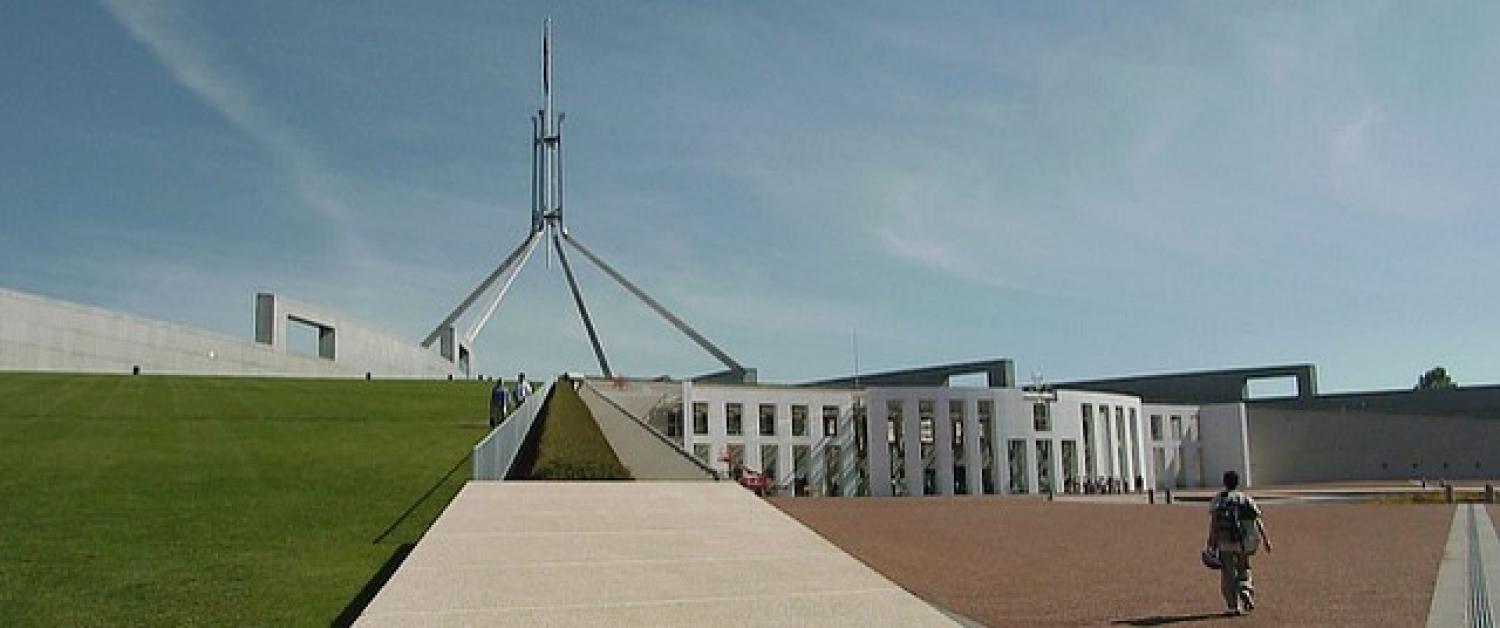In Washington, they refer to news stories that only matter to the political class as being 'inside the beltway', a reference to the road which encircles the capital. Maybe we can coin a Canberra variation on the term? How about 'inside the parkway', given that, roughly speaking, Canberra is framed by two north-south arteries, the Tuggeranong Parkway and Majura Parkway.
And if we wanted to define an 'inside the parkway' story, we could do worse than starting with yesterday's events in Senate Estimates, in which DFAT Secretary Frances Adamson got in a muddle over whether the Foreign Minister had commissioned a Foreign Policy White Paper or whether it would be called something else. The press release from Shadow Foreign Minister Penny Wong's office explains the details, and asserts somewhat hyperbolically that the Turnbull Government's foreign policy is 'in chaos'. The news media has largely ignored the story, though it will increase scrutiny on the White Paper process, which looks rather unformed despite the fact that the announcement to write a white paper was made two months ago.
The Interpreter has already carried several pieces on the new white paper (and yes, it will be called that, as Secretary Adamson clarified late yesterday), including one by Peter Layton on why the new document probably won't be a real strategy, another by Hugh White on how DFAT can do it right, and a third from Geoff Kitney: Foreign Affairs White Paper will be a Big Test for a Public Service in Decline''.
For my part, I was fascinated by Minister Julie Bishop's comment when the document was first announced that it would establish a 'philosophical framework to guide Australia's engagement, regardless of international events' (my emphasis).
Fairfax's Dan Flitton has pointed out that previous white papers were outdated almost as soon as they left the print-shop because they were overtaken by events, and Bishop's statement seems to obliquely acknowledge this danger. If we take Bishop's statement at face value, we could see a very different sort of white paper to the documents we are used to, one which stops short of making forecasts about the future (because they are unreliable anyway) but looks instead for perpetual or at least long-lasting factors in the formation of Australia's foreign policy. Geography and demography are two obvious examples — the first is permanent and the second changes only slowly and predictably.
But it is impossible to allocate resources without making some kind of rough bet about what the future will look like, and if this document is to be of any use it will have to make some decisions about our priorities; after all, if everything is important, then nothing is.
So if the white paper team does focus its energy on divining the future of our region and the globe, I hope it doesn't only seek advice from the intelligence, think tank, and academic worlds. Prediction markets are one other possible source, but there is also crowd-sourcing, and Professor Philip Tetlock from the University of Pennsylvania has led an intensive study in cooperation with the US intelligence community on improving the techniques of forecasting. See the video below for a taste of Tetlock's work.
Photo courtesy of Flickr user David Pursehouse
